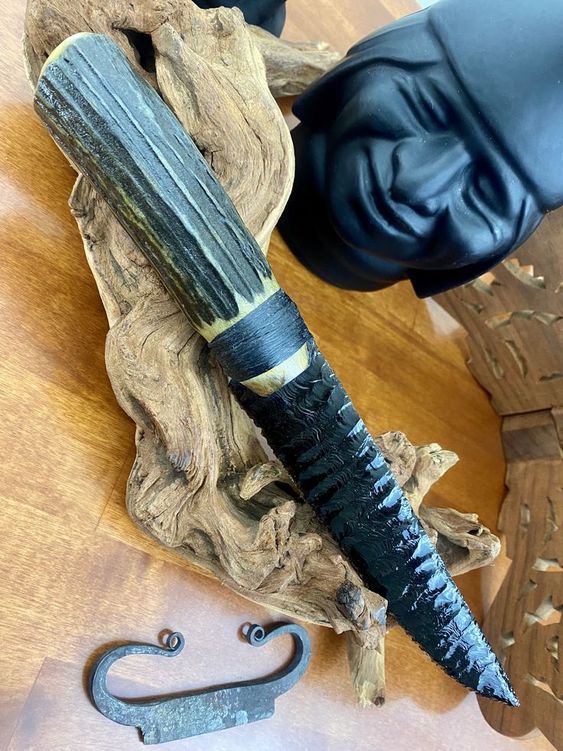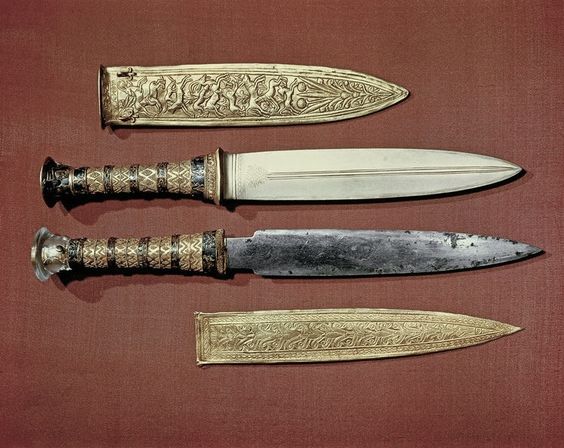Discovery of a remarkably intact Neolithic flint dagger from Lake Constance, Germany

In the tranquil environs of Allensbach, nestled along the shores of Lake Constance in southwest Germany, a remarkable discovery emerged from the depths of antiquity: a well-preserved late Neolithic flint dagger, a testament to the ingenuity and craftsmanship of ancient civilizations. Dating back to approximately 2900-2800 BCE, this ancient artifact offers a window into the distant past, revealing insights into the tools and technologies of Neolithic societies.

Crafted with precision and care, the blade of the dagger was fashioned from flint sourced from Monte Baldo in northern Italy, a testament to the extensive trade networks that spanned the ancient world. Flint, prized for its durability and sharpness, was a preferred material for toolmaking among Neolithic communities, allowing them to fashion implements essential for hunting, agriculture, and defense.

What sets this particular dagger apart is not only its impeccable preservation but also the meticulous craftsmanship evident in its construction. The blade, expertly shaped and honed to a keen edge, speaks to the skill and expertise of its Neolithic creators. Its sleek and streamlined design suggests not just a utilitarian tool, but also a symbol of status and prestige within the society that produced it.

Yet, perhaps the most intriguing aspect of this ancient artifact lies in its handle. Rather than a simple, utilitarian grip, the handle of the dagger was fashioned from elderwood, a material chosen for its strength and flexibility. But what truly sets it apart is the method of fastening: birch tar, a natural adhesive derived from the bark of birch trees, was used to secure the blade to its wooden handle. This innovative technique speaks to the resourcefulness of Neolithic artisans, who relied on their intimate knowledge of the natural world to create tools that would withstand the test of time.

As we marvel at the craftsmanship of this late Neolithic flint dagger, we are reminded of the ingenuity and creativity of our ancient ancestors. In an era long before the advent of modern technology, they relied on their wits, their skills, and the bounty of the natural world to fashion tools that would shape their daily lives. And though millennia may have passed since this dagger was first crafted, its legacy endures as a testament to the enduring human quest for innovation and mastery over the world around us.